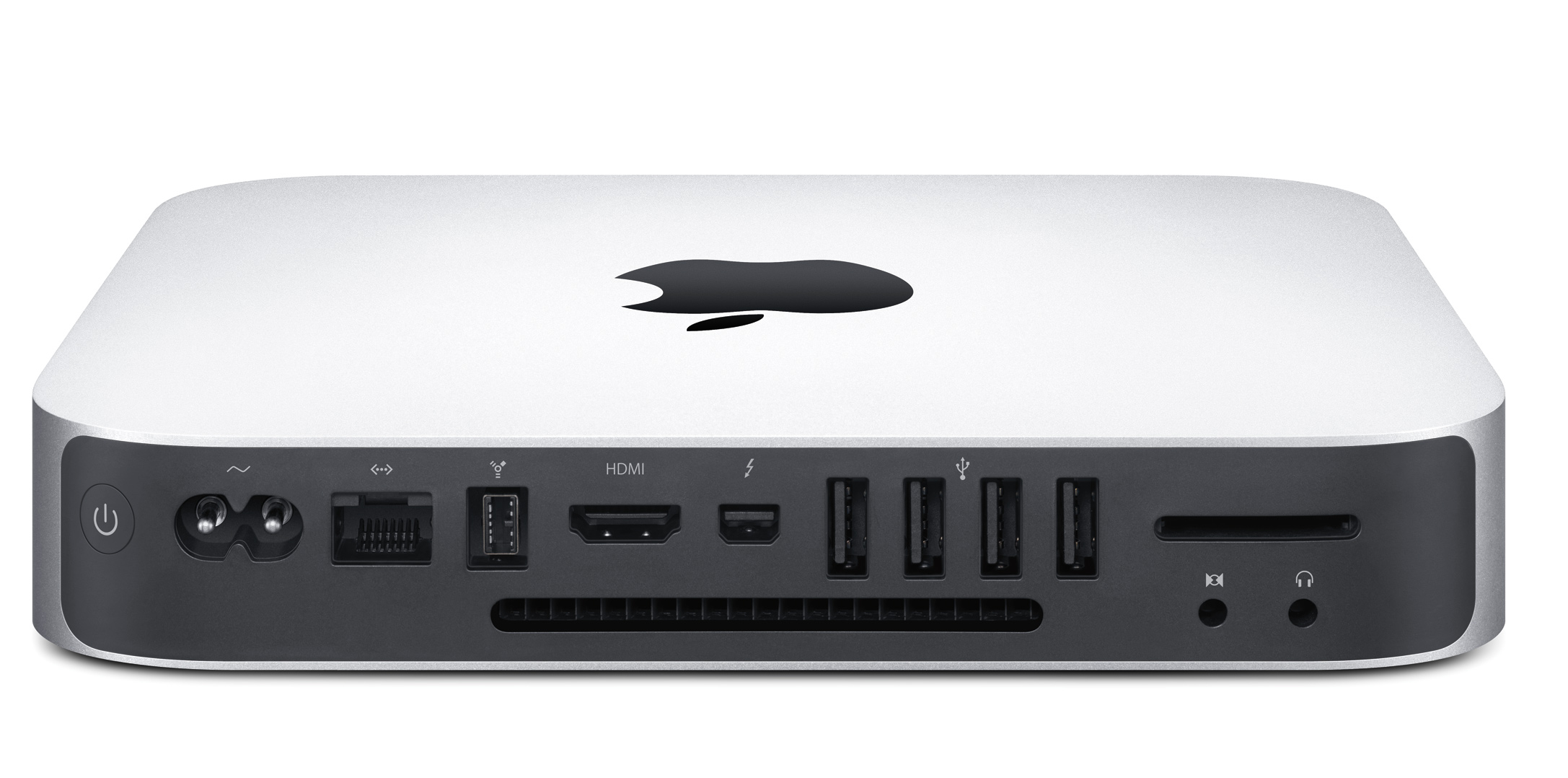


If you really do need 2 m cables, then ensure that they’re active and not passive, as longer passive cables don’t support 40 Gb/s, only 20 Gb/s. Cables should be passive and no longer than 0.8 m whenever possible.

Reputable brands tend to be most reliable. When selecting Thunderbolt peripherals and their cables, don’t skimp if you want good performance. Each Thunderbolt bus can support up to 6 peripherals in a chain any display(s) should be put at the far end of the chain. As relatively few Thunderbolt peripherals offer a second port to support that, hubs are rapidly becoming the preferred solution. Prior to the introduction of Thunderbolt 4 hubs, the only way to connect more than one device per Thunderbolt port was to daisy-chain them. In addition to carrying up to 32 Gb/s data between controllers, Thunderbolt also supports DisplayPort 1.4 video, which takes priority over outbound data transfer on the bus. Although each of those ports on the hub supports up to 32 Gb/s data transfer, only one port connects that to the Mac, so the total data transfer to and from devices connected to those three ports can’t exceed 32 Gb/s to the host Mac. The first, listed as Port (Upstream), is that connected to the host Mac, and the other three each have an SSD connected to them. Connect four fast SSDs to those ports, and you can expect that maximum from each of them even when they are all busy at the same time.Ĭonnected to bus 3 is a Thunderbolt 4 hub, with its own four Thunderbolt ports. This Mac Studio M1 Max also has four ports, but each of those has its own bus, and its own 32 Gb/s for data transfer. Connect four fast SSDs to those ports, and you’ll see that each pair of ports is limited to that maximum. Each of those two buses has up to 32 Gb/s for data transfer. You can check your Mac’s hardware in the Thunderbolt/USB4 section in System Information.Īlthough this iMac Pro has four ports, those are connected to just two buses. In Intel Macs, those are Intel chips supporting two ports per bus, whereas Apple’s integrated controllers in Apple silicon chips normally support one port per bus. Thunderbolt is a high-speed bus for connecting peripherals, that relies on the host Mac and all data devices on the bus having Thunderbolt controllers. This article provides recommendations for connecting Thunderbolt peripherals primarily for Apple silicon Macs, although it doesn’t ignore Intel Macs altogether. As the number of peripherals grows, and we each accumulate more devices, so proper planning becomes more important if those peripherals are going to deliver the performance they should, and that we expect. Of all the external buses we use to connect peripherals to our Macs, Thunderbolt is the fastest and most reliable, and is least likely to disappoint.


 0 kommentar(er)
0 kommentar(er)
